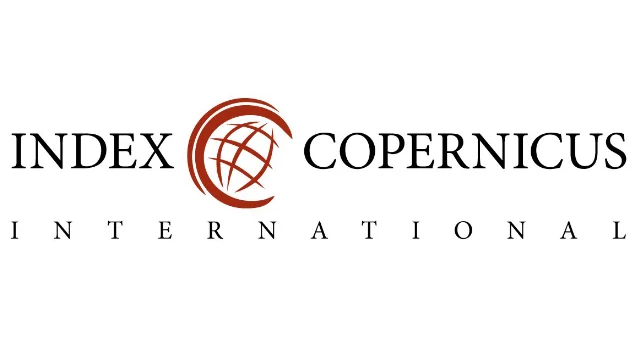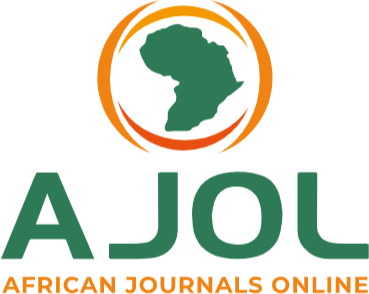Determination of the Optimal Number of Servers in Kano Poly Micro Finance Bankeia Standards
Keywords:
Optimal number of servers, queue solution, queuing model, crowdingAbstract
Umar Ahmad Isyaku, Nura Muhammad, Abdulrasheed Luqman and Aminu Sabo Muhammad
The study was carried out to determine the optimal number of servers in Kano Poly Micro Finance Bank a survey research design was employed, through the use of an observation data collection method. The population of the study was arrival and service rates recorded for the consecutive 20 days, between the hours of 10 am-3 pm. The mean arrival time for the customers (λ) was 5 customers every 10 minutes i.e30 customers per hour while the mean service time (µ) was 3 customers every ten minutes i.e. 18 customers per hour. The study concludes that a 3- servers queuing system will be the system with the optimal number of servers, sys in the Kano Poly microfinance bank, compared to 2- servers queuing system.
Downloads
Published
Issue
Section
Most read articles by the same author(s)
- Muhd Auwal Zubair, Nura Muhammad, Aminu Sabo Muhammad, Abdulrasheed Luqman, Comparative Study on the Effect of Organic and Inorganic Fertilizers on Maize Yield , Communication In Physical Sciences: Vol. 8 No. 4 (2022): VOLUME 8 ISSUE 4
Similar Articles
- Kamfa A. Salisu, Mustapha Muhammad Sani, Bashir Umar, Straight Line Solutions and their Stability of Libration Points with Oblateness Primaries and Circumbinary Disc in the Elliptic R3BP , Communication In Physical Sciences: Vol. 12 No. 3 (2025): VOLUME 12 ISSUE 3
- Humphrey Sam Samuel , Emmanuel Edet Etim, John Paul Shinggu, Bulus Bako, Machine Learning in Thermochemistry: Unleashing Predictive Modelling for Enhanced Understanding of Chemical Systems , Communication In Physical Sciences: Vol. 11 No. 1 (2024): VOLUME 11 ISSUE 1
- A. E. Usoro, Comparing the Performance of Alternative Generalised Autoregressive Conditional Heteroskedasticity Models in Modelling Nigeria Crude Oil Production Volatility Series , Communication In Physical Sciences: Vol. 4 No. 2 (2019): VOLUME 4 ISSUE 2
- Dahunsi Samuel Adeyemi, Effectiveness of Machine Learning Models in Intrusion Detection Systems: A Systematic Review , Communication In Physical Sciences: Vol. 11 No. 4 (2024): VOLUME 11 ISSUE 4
- Chisimkwuo John, Okoroafor Promise Izuchukwu, Amobi Chinenye Theresa, Application of Factor Analysis in the Modelling of Inflation Rate in Nigeria , Communication In Physical Sciences: Vol. 10 No. 2 (2023): VOLUME 10 ISSUE 2
- Etido P. Inyang, Joesph E. Ntibi, Olumuyiwa O. Akintola, Efiong A. Ibanga, Funmilayo Ayedun, Eddy S. William, Analytical solutions to the Schrödinger Equation with a Combined Potential using the Series Expansion Method to Study Selected Diatomic Molecules , Communication In Physical Sciences: Vol. 8 No. 2 (2022): VOLUME 8 ISSUE 2
- Charles German Ikimi, Ijeoma Cynthia Anyaoku, Maryann Nonye Nwafor, Biomarker Potentials of Postmortem Vitreous Biochemical Parameters For Resolving Disputed Causes of Death by Drowning Using Animal Models , Communication In Physical Sciences: Vol. 12 No. 2 (2025): VOLUME 12 ISSUE 2
- Akeem B. Disu, Oyewole A Oyelami, Solutions of Second Order-Linear Ordinary Differential Equation with Variable Coefficients by Iterative Method , Communication In Physical Sciences: Vol. 7 No. 4 (2021): VOLUME 7 ISSUE 4
- Amaku James Friday, Victor Okezie Ikpeazu, Ifeanyi Otuokere, Kalu K. Igwe, Targeting Glycogen Synthase Kinase-3 (Gsk3β) With Naturally Occurring Phytochemicals (Quercetin and its Modelled Analogue): A Pharmacophore Modelling and Molecular Docking Approach , Communication In Physical Sciences: Vol. 5 No. 4 (2020): VOLUME 5 ISSUE 4
- Amadi Ugwulo Chinyere, Modelling Glucose-Insulin Dynamics: Insights for Diabetes Management , Communication In Physical Sciences: Vol. 11 No. 3 (2024): VOLUME 11 ISSUE 3
You may also start an advanced similarity search for this article.




